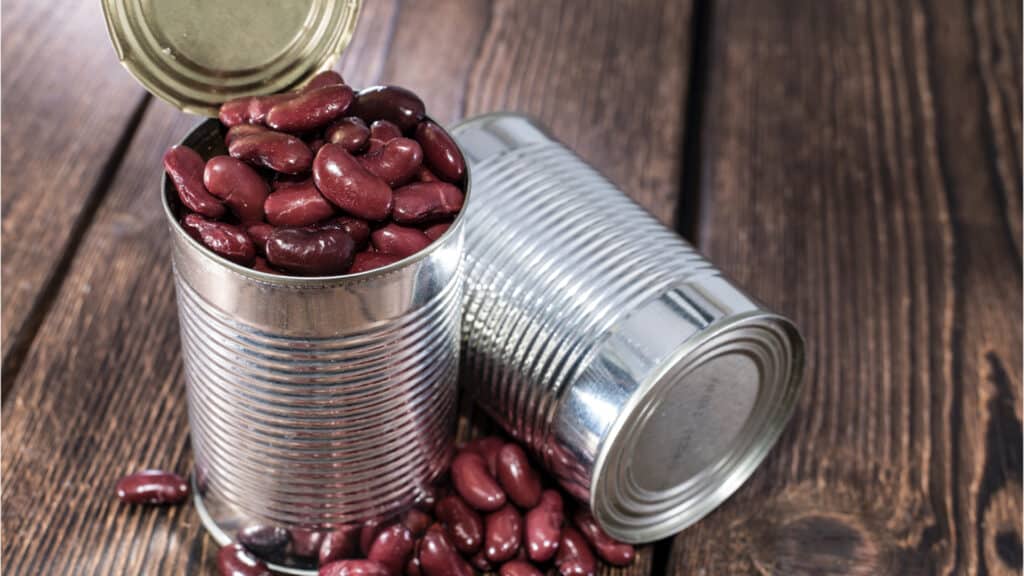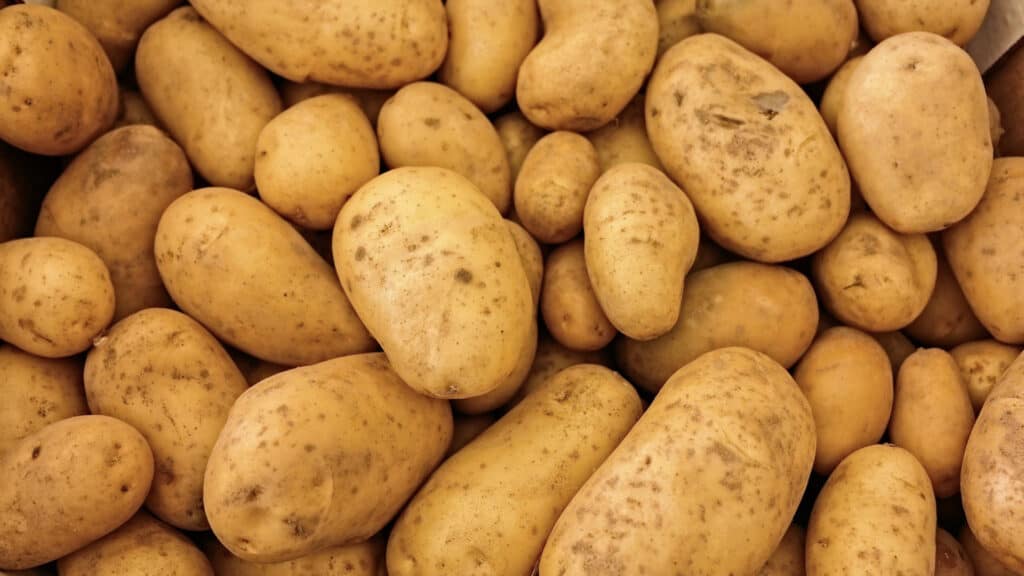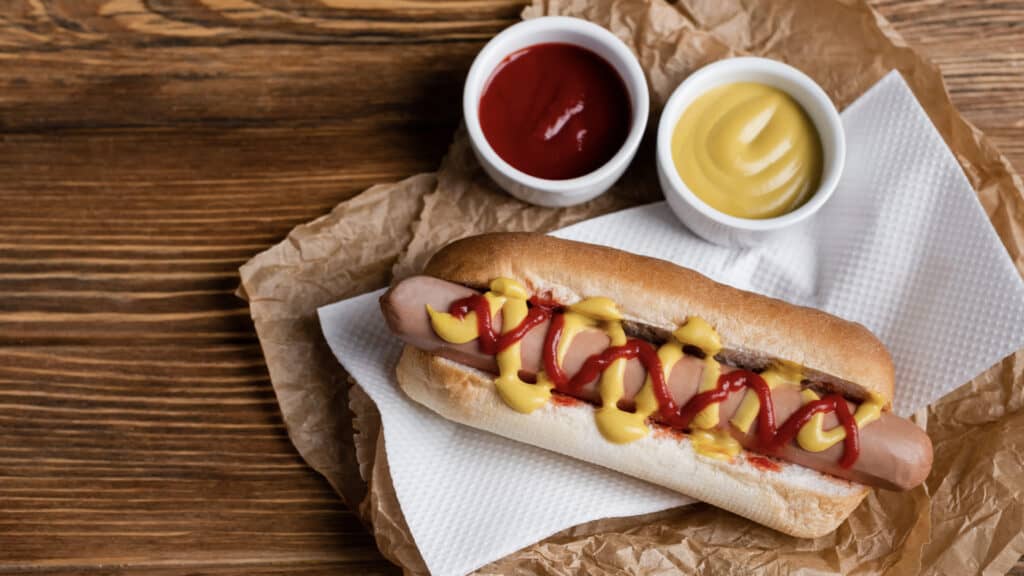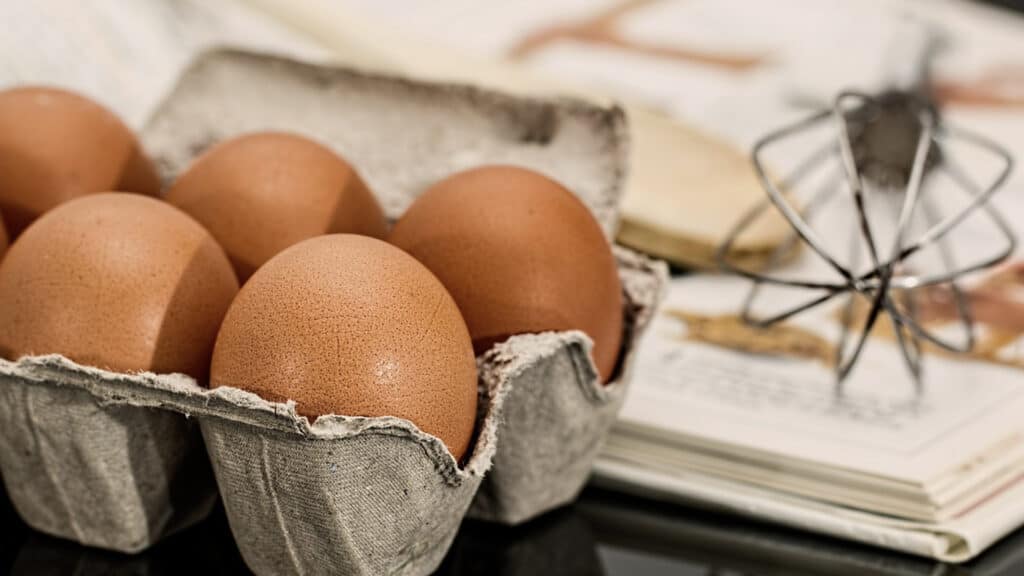We all love a good crunch in our salads or a fresh bite of sushi, don't we? But hold on, not all foods are safe to eat raw. Some can be downright dangerous if not cooked properly.
In this article, we're going to reveal 12 foods you should always cook before eating. And trust us, some will surprise you! It is always a good idea to be aware of what you're putting in your and your loved one's bodies – so put on your cooking apron, and let's get started!
1. Kidney Beans

Raw kidney beans contain a toxin called phytohaemagglutinin, which can cause severe nausea, vomiting, and even an upset stomach.
To make them safe to eat, soak them in water for at least 5 hours, drain and rinse well, then boil them briskly in fresh water for at least 10 minutes. After this, simmer until they are tender, and enjoy your safely cooked kidney beans.
2. Potatoes

Consuming raw potatoes can lead to bloating and undesirable gastrointestinal effects, as they contain the toxic compound solanine and resistant starch. Cooking them reduces these harmful substances and makes them more digestible.
Just wash them properly, slice them if you wish, and cook them – boil, bake, or roast – until they're soft. Remember, the greener the potato, the higher the solanine content.
3. Mushrooms

Mushrooms have tough cell walls that are difficult to digest when raw, and they may also carry harmful bacteria. Cooking not only kills bacteria but also releases their nutrients.
What is the simplest way to cook mushrooms? Sauté them in a pan with a bit of oil or butter for about 5 minutes or until they're brown and tender. Now, they're ready to be added to any dish you like!
4. Eggplant

Raw eggplant may taste bitter and contains solanine, a toxin that can cause digestive problems. The best and simplest way to cook eggplant?
Slice it up, sprinkle some salt on both sides and let it sit for a bit – this will reduce the bitterness. Then rinse off the salt, pat dry, and sauté, grill, or bake it until it's soft.
5. French Beans

Eating raw French beans can give you a stomach ache due to the presence of lectins, which can be harmful if ingested in large amounts.
To prepare them, simply trim the ends, blanch them in boiling water for about 2 minutes, then plunge them into cold water to retain their bright green color. Now, they're safe to add to salads or stir-fries.
6. Cruciferous Vegetables

Foods like broccoli, kale, and cabbage fall into this category. They contain goitrogens, substances that might affect thyroid function if consumed raw in large amounts.
Plus, cooking makes them easier to chew and digest. Steam or sauté these veggies until they're tender-crisp, then season as you like.
7. Hotdogs

Even though they look cooked, hotdogs can carry bacteria like Listeria, which can lead to food poisoning. It's especially risky for kids, older adults, and people with weakened immune systems. So, how do you cook hotdogs safely?
Easy! Boil them in water for about 5 minutes, grill them until they're steaming hot, or microwave them for a minute or two. And remember, always keep them refrigerated until it's time to cook. Enjoy your safe and delicious hotdogs!
8. Sprouts

Raw sprouts like alfalfa, mung bean, and clover are often linked to foodborne illness outbreaks. The warm, humid conditions needed for growing sprouts also favor bacteria like E. coli and Salmonella.
To enjoy sprouts safely, it's best to cook them. Here's a simple way – heat some oil in a pan, add your sprouts, and stir-fry for about 5 minutes until they're tender yet crisp. They're ready to be tossed into salads, sandwiches, or stir-fries. Stay safe and savor your sprouts!
9. Flour

You may not know this, but raw flour can be a hiding place for E. coli bacteria, just like sprouts. Eating it raw can lead to food poisoning. So, how do you use flour safely?
Always cook or bake dishes with flour properly. If you're using it in recipes that don't require cooking, consider heat-treating the flour first. Just pop it in the microwave or oven until it reaches 160 degrees Fahrenheit. Now, you can enjoy your flour-based goodies worry-free!
10. Raw Milk

While raw milk may sound natural and wholesome, it's a risky business – raw milk can contain harmful bacteria like E. coli, Salmonella, and Listeria. These little nasties can cause serious foodborne illnesses.
But don't worry, there's a simple solution – always choose pasteurized milk at the store. If you can only access raw milk, boil it at home before drinking. This heat treatment kills off any lurking bacteria, making the milk safe to drink.
11. Rhubarb Leaves

Did you know rhubarb leaves are not safe to eat? They contain a naturally occurring toxin known as oxalic acid. Consuming them can result in illness, so it's best to eat them cooked. However, don't despair; the rhubarb stalks are perfectly edible and delicious!
Just remember to remove and discard the leaves first. You can then chop up the stalks and cook them down into a sweet compote or add them to a pie. Remember, when it comes to rhubarb, stalks are good and leaves bad!
12. Elderberries

Hold on before you pop those raw elderberries in your mouth! Eating them raw might make you feel unwell. But don't worry, when cooked properly, they're absolutely safe and delicious – the trick is to cook them thoroughly.
You can make a tasty elderberry syrup by simmering the berries in water and adding sugar or honey. Strain the mixture, and voila, you have a sweet treat! It's a great way to safely enjoy these berries and add flavor to your pancakes or waffles.
Foods To Cook

So there you have it! These are the 12 foods that you should always cook before consuming. Raw food can be dangerous and lead to illness, but cooking it properly makes it safer and enhances its taste and flavor. Always wash your produce before cooking, and use proper cooking techniques to ensure a safe and tasty meal every time. Happy cooking!
Broke and Hungry? These 11 Cheap Foods Will Keep You Full For Days

Are you broke but still need to eat? It can be hard to maintain a balanced diet when cash is tight. But don’t worry; there are plenty of cheap and nutritious foods that won’t break the bank yet will keep you full for days. Having a tight budget doesn’t mean you have to settle for unhealthy fast food or expensive processed snacks.
Broke and Hungry? These 11 Cheap Foods Will Keep You Full For Days
12 Foods You Should Eat as You Get Older

As we get older, our bodies change, and so do our nutritional needs – eating the right foods is vital to keep ourselves healthy and strong. In this blog, we'll discuss 12 delicious and nutritious foods perfect for aging gracefully.
12 Foods You Should Eat as You Get Older
The Secret to Staying Young After 40? Avoid These 14 Foods

Who doesn't like to grab a bite of their favorite food occasionally? But when you're over 40, you should be mindful of what you eat. Eating the wrong foods can increase your risk of diseases like diabetes and heart disease. As we get older, our immune system and digestive system become less efficient, so it's essential to watch what we eat. Eating certain foods can lead to significant health problems.
The Secret to Staying Young After 40? Avoid These 14 Foods

I’m Steve. I’m an English Teacher, traveler, and an avid outdoorsman. If you’d like to comment, ask a question, or simply say hi, leave me a message here, on Twitter (@thefrugalexpat1). Many of my posts have been written to help those in their journey to financial independence. I am on my journey, and as I learn more I hope to share more. And as always, thanks for reading The Frugal Expat.







